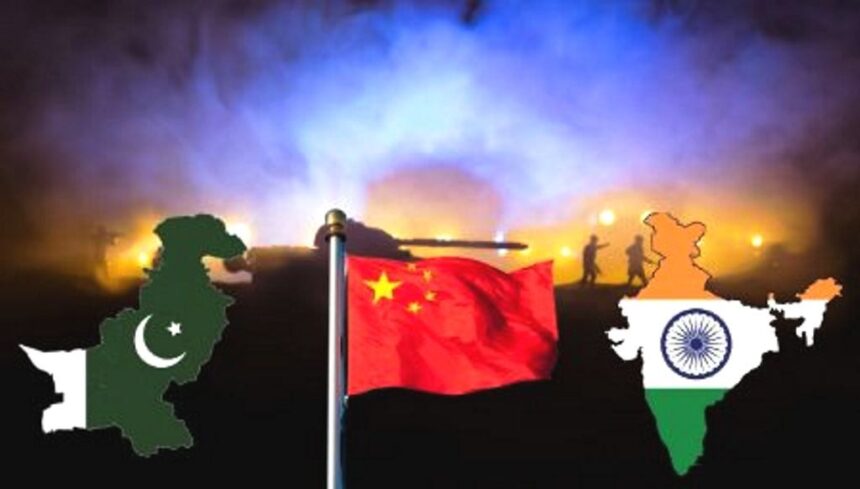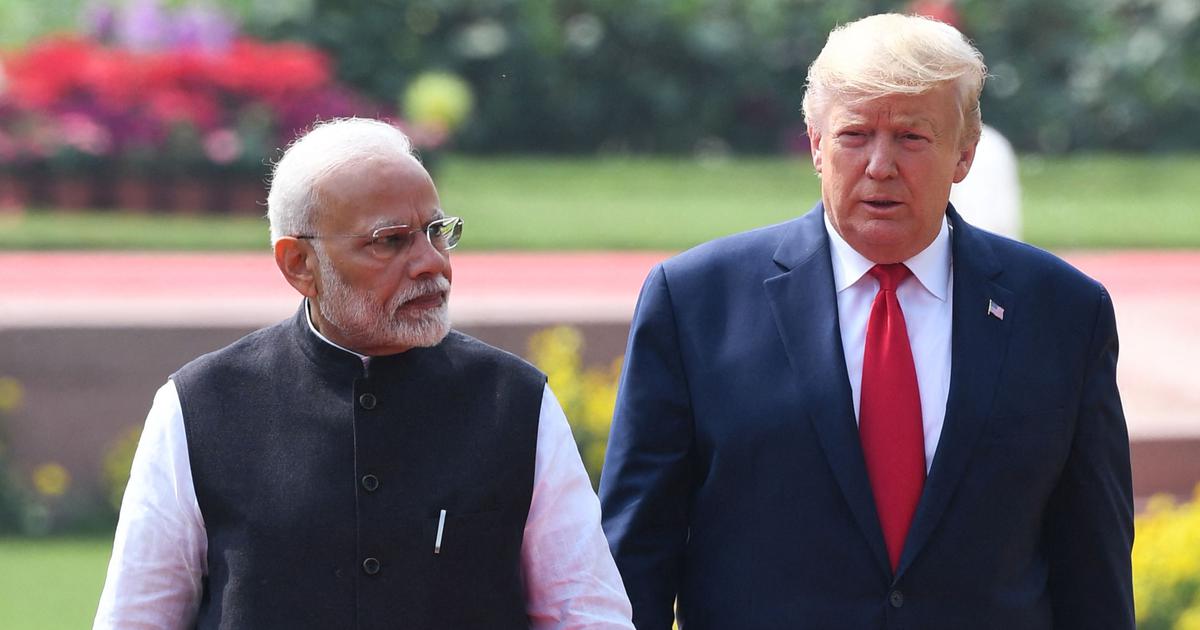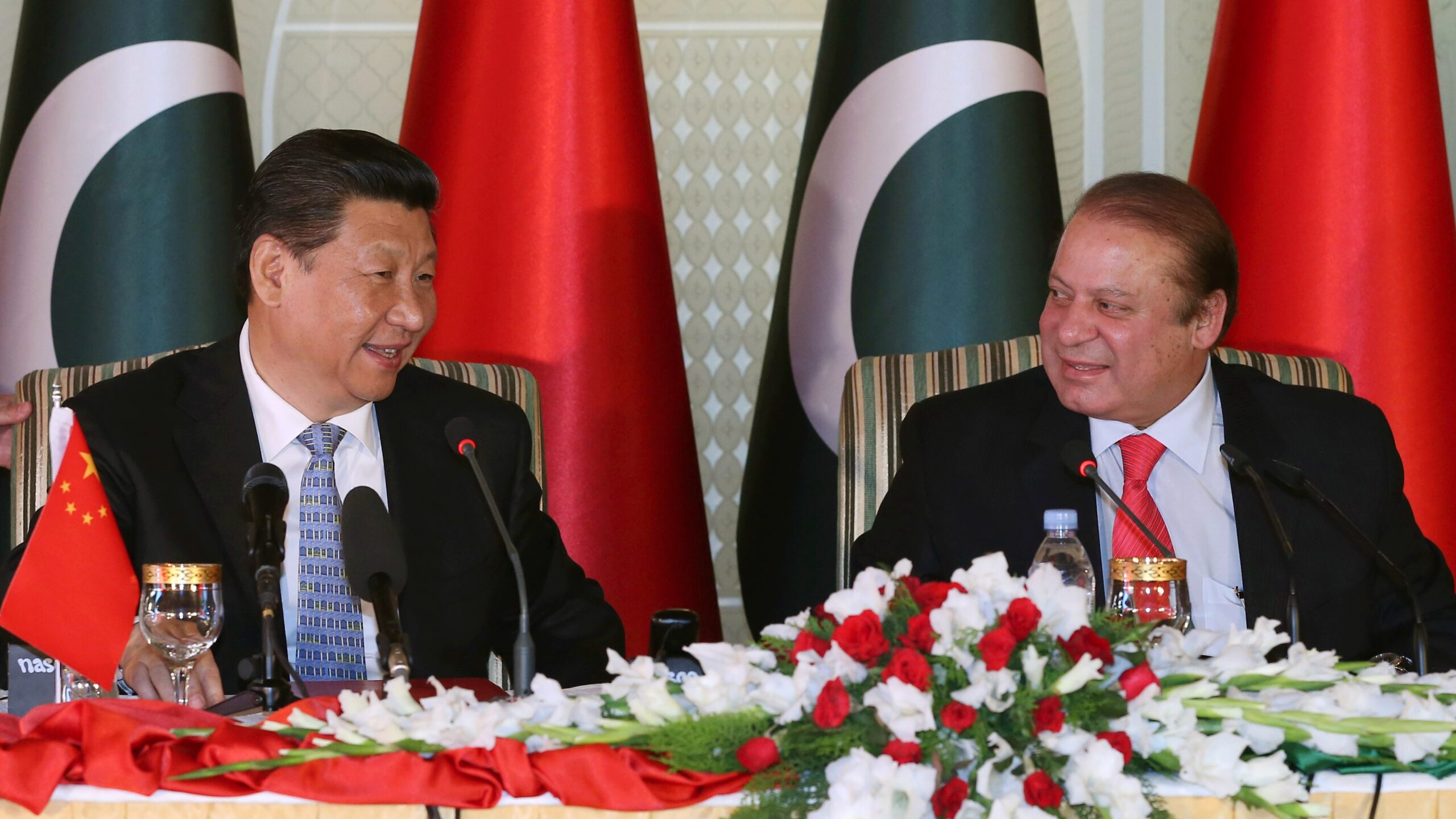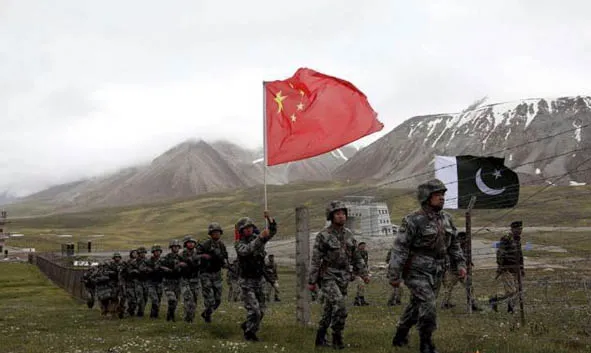NEW DELHI – Tensions are running high between India and Pakistan after a deadly terror attack struck Pahalgam in Indian-administered Kashmir on April 22, 2025, leaving 26 civilians dead. India responded on May 7 with missile strikes named Operation Sindoor, hitting targets it labelled as terrorist camps in both Pakistan and Pakistan-controlled Kashmir.
Pakistan said it brought down five Indian aircraft, including Rafales, using Chinese J-10C fighter jets, but India denies losing any planes. The fighting has become the worst in nearly 30 years, putting the spotlight on China’s role as Pakistan’s main weapons supplier.
As India’s ties with the US grow stronger, the conflict is now seen as a face-off between Chinese military gear and Western technology.
China has become Pakistan’s main defence partner, supplying over 80% of its arms imports from 2020 to 2024, according to the Stockholm International Peace Research Institute. Chinese J-10C fighters, HQ-9B surface-to-air missiles, and CH-4 drones have boosted Pakistan’s armed forces.
Pakistan’s Foreign Minister Ishaq Dar confirmed that Chinese jets were used in recent air battles, highlighting Beijing’s growing influence. Shares of Chinese defence firms, like AVIC Chengdu Aircraft, jumped 40% this week as Pakistan’s use of their hardware gained attention. Experts say China is using the conflict to test its advanced weapons, with Chinese military advisers reportedly working alongside Pakistan’s forces.
James Char, a security expert at Singapore’s S. Rajaratnam School of International Studies, said that Chinese military advisers are well known to be in Pakistan. He pointed out that Pakistan’s use of Chinese weapons lets the People’s Liberation Army gather real-time data from actual combat.
US Support for India
This is especially important for China, given its rivalry with India. Chinese fishing boats, which often collect intelligence, were seen near Indian naval drills in the Arabian Sea last week, raising concerns about possible spying. The situation gives China a rare chance to observe how India’s US-supplied equipment performs in real operations.
India has shifted its weapons shopping list from Russia to the US, France, and Israel. From 2020 to 2024, it ranked as the world’s second-largest arms importer, making up 8.3% of all global arms imports, says SIPRI.
The US has stepped up support by providing India with tools like Predator drones and Apache helicopters. India’s move towards Western suppliers picked up speed after border clashes with China, making India a key partner for Washington’s strategy in Asia. Nisha Biswal, Senior Advisor at The Asia Group, said the US views India as a counterbalance to China.
This recent fighting is turning into a test case for Chinese and Western military equipment. India’s strikes got through Pakistan’s Chinese-made HQ-9B air defences, showing their weaknesses.
On the other hand, Pakistan’s reported downing of Indian jets points to the strengths of the J-10C fighters. Sajjan Gohel, security director at the Asia-Pacific Foundation, called the conflict a real-world testing ground for China’s military exports. The results may reshape the global arms market as Chinese companies look to win new customers.
China Backing Pakistan
China’s backing for Pakistan goes beyond weapons. Beijing has offered strong diplomatic support, with Foreign Minister Wang Yi calling for restraint but also backing Pakistan’s security concerns in a call on April 27 with Dar. China’s financial help and strategic cooperation have deepened the partnership, though a direct role for the People’s Liberation Army is still unlikely.
Past events, like China’s limited involvement in the 1971 war, show that Beijing prefers to support Pakistan indirectly, avoiding a direct clash with India or a wider crisis.
India’s military spending is nine times higher than Pakistan’s, giving it a clear edge in traditional warfare. India’s economy is more than ten times the size of Pakistan’s, allowing it to handle a longer conflict. In contrast, Pakistan’s economy is fragile and heavily dependent on international bailouts. During the IMF’s May 9 meeting, India raised concerns that Pakistan could be misusing funds to back terror groups.
Yousuf Nazar, formerly of Citigroup, warned that Pakistan’s economy, especially its farm sector, would face disaster in a drawn-out war. These financial pressures mean Pakistan’s ability to escalate depends heavily on Chinese help.
At the heart of the dispute is Kashmir. Both India and Pakistan claim the whole region and have fought three wars since 1947. India blames Pakistan-backed militants for the Pahalgam attack, which triggered Operation Sindoor’s targeted strikes.
Pakistan denies any involvement, accusing India of aggression. Both countries are using drones—India with Israeli Harop and Heron models, and Pakistan with Chinese CH-4 and Turkish Bayraktar Akinci drones—making this the first time nuclear-armed rivals have fought a drone war.
China Maintaining Bases in Pakistan
China is trying to maintain a careful balance. While arming Pakistan, it has urged both sides to avoid further escalation and issued travel warnings from its embassies in both countries on May 9. India’s High Commissioner Vikram Doraiswami played down the China-Pakistan relationship, saying China needs ties with all its neighbours, including India.
But India’s closer ties with the US make things more complicated. With Washington now providing both intelligence and military supplies to India after the recent border standoffs with China, Beijing may feel pushed to increase its support for Pakistan if US involvement grows.
Social media posts show how the public is viewing the crisis. Some claim the Chinese Communist Party is secretly building command bases in Pakistan to stir up trouble and distract from global problems.
Others remember how alliances have shifted: Pakistan once got advanced US equipment to fight Soviet-supplied India, but now relies on China as India moves closer to the West. While most of these claims remain unproven, they highlight how the conflict is tied to bigger power struggles. One user summed it up: “Pakistan is now a proxy for China.”
India-Pakistan crisis
Washington’s stronger partnership with India fits into its plan to limit China’s influence in Asia. India’s move away from Russian weapons, along with greater support from the West, lines up with US strategy for the Indo-Pacific.
But this could turn the India-Pakistan crisis into a larger contest between the US and China. Alexander Neill, a security analyst, warned that if Washington supports India openly, China may be forced to step up its aid to Pakistan, raising the risk of a wider war in South Asia where both countries have nuclear weapons.
China’s military modernization gets a boost from Pakistan’s battlefield experience. The performance of the J-10C against India’s Rafales offers lessons for the Chinese military. India’s successful missile strikes also show Pakistan—and China—that air defences need upgrades. This exchange of information tightens the China-Pakistan partnership and could change the balance of power in the region.
World leaders and the United Nations are urging calm, worried that the crisis could spiral into a full-scale war. India is turning to the US, Russia, and Middle Eastern partners to pressure Pakistan, while Pakistan relies on China’s diplomatic and financial backing.
Most experts agree that neither country can afford another war, given the risk to their economies and people. With China backing Pakistan and the US supporting India, this conflict reaches far beyond Kashmir, touching global security and economic rivalry.

















